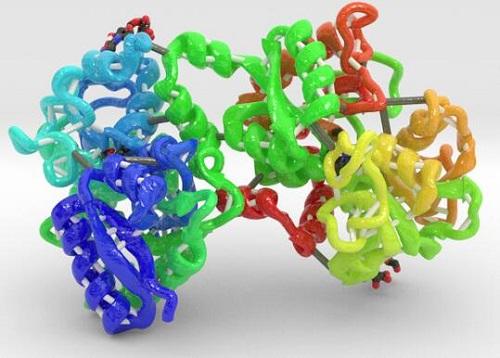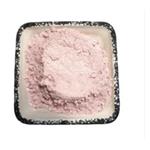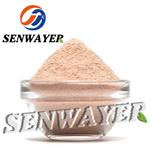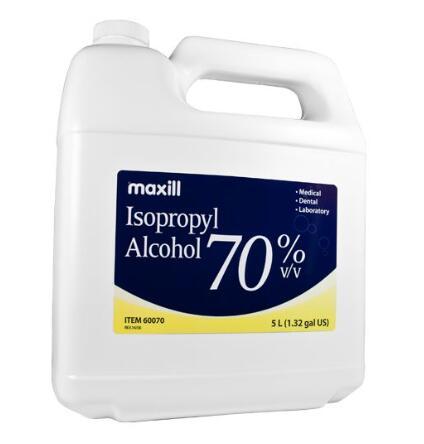Production of Human lactoferrin
Dec 9,2021

Production
Human lactoferrin (hLF) is a 79 kDa multifunctional glycoprotein involved in intestinal iron absorption and the non-specific immune system1,2,3. In view of its medicinal value and the global demand for hLF, the large-scale production of functional recombinant hLF (rhLF) has become a major goal. The bovine mammary bioreactor may be an excellent system for the large-scale production of rhLF due to its large capacity for protein synthesis, efficient production, and low cost relative to those of in vitro fermentation and tissue culture systems4.
The expression level of rhLF in previous bovine mammary bioreactors has been low (0.2–2 g/L). The low efficiency of this transgenic bioreactor is attributable to the pronuclear microinjection technique used and the long waiting period required to establish transgenic animal lines5. Although our group has recently improved this technology and has generated hLF bacterial artificial chromosome (BAC) transgenic cloned cows by somatic cell nuclear transfer (SCNT)6, the expression level of rhLF in these cows was 3 g/L, which is not much higher than those of previous studies5. Thus, improving the expression levels of recombinant protein in bovine mammary bioreactors is crucial. Antibiotic-selectable marker genes have been widely used to generate transgenic animal mammary bioreactors7,8,9. However, the presence of foreign marker genes interferes with the expression of neighbouring endogenous genes and hampers phenotypic and genetic analyses10, 11. This approach may also create public concerns regarding biological safety. Thus, marker-free technology must be used to generate transgenic animals.
Importantly, previous reports have shown that recombinant proteins compete for production in the mammary glands of transgenic animals12, 13. Although exogenous β-lactoglobulin (BLG) and rhLF proteins are highly expressed at 30 g/L in transgenic mice and goats, the endogenous milk proteins are down-regulated, and the total protein level is not increased. The ceiling effect for protein production in transgenic animal mammary glands remains to be fully investigated, especially in cattle5, 6, 13. Finally, the large-scale production of a biological protein in the animal mammary gland using a herd of a few hundred transgenic cloned cattle has thus far been poorly investigated. These disadvantages have limited the applications of transgenic animal bioreactors.
- Related articles
- Related Qustion
- Unlocking the Potential of Lactoferrin: Insights into Its Structure, Mechanism, and Multifaceted Applications in Chemistry Apr 10, 2024
The molecular backbone of lactoferrin is characterized by its ability to tightly bind iron ions, a property central to many of its biological functions.
- Exploring the therapeutic potential of lactoferrin: tissue regeneration, administration routes, and promise in cancer treatment Nov 23, 2023
Lactoferrin shows significant promise in tissue regeneration, eye disease prevention, and potential cancer treatment.
- Lactoferrin:Activity and application studies Feb 10, 2023
Lactoferrin, a prominent protein in milk, many other secretory fluids and white blood cells, is a monomeric, 80-kDa glycoprotein, with a single polypeptide chain of about 690 amino acid residues.
Lactoferrin (LF), also known as lactotransferrin (LTF), is a multifunctional protein of the transferrin family. Lactoferrin is a globular glycoprotein with a molecular mass of about 80 kDa that is widely represented in various secretory flu....
Dec 9,2021Biochemical Engineering70% isopropanol solution is used for soaking, scrubbing, medical equipment, and disinfection of medical places.....
Dec 9,2021Organic SolventsLactoferrin
146897-68-9You may like
- Lactoferrin
-

- $1000.00/ kg
- 2025-10-29
- CAS:146897-68-9
- Min. Order: 1kg
- Purity: 99%
- Supply Ability: 5000
- Lactoferrin
-

- $20.00 / 1kg
- 2025-09-28
- CAS:146897-68-9
- Min. Order: 1kg
- Purity: 99.9%
- Supply Ability: 10000
- Lactoferrin
-

- $0.00 / 10g
- 2025-08-22
- CAS:146897-68-9
- Min. Order: 10g
- Purity: 99%
- Supply Ability: 500kg






